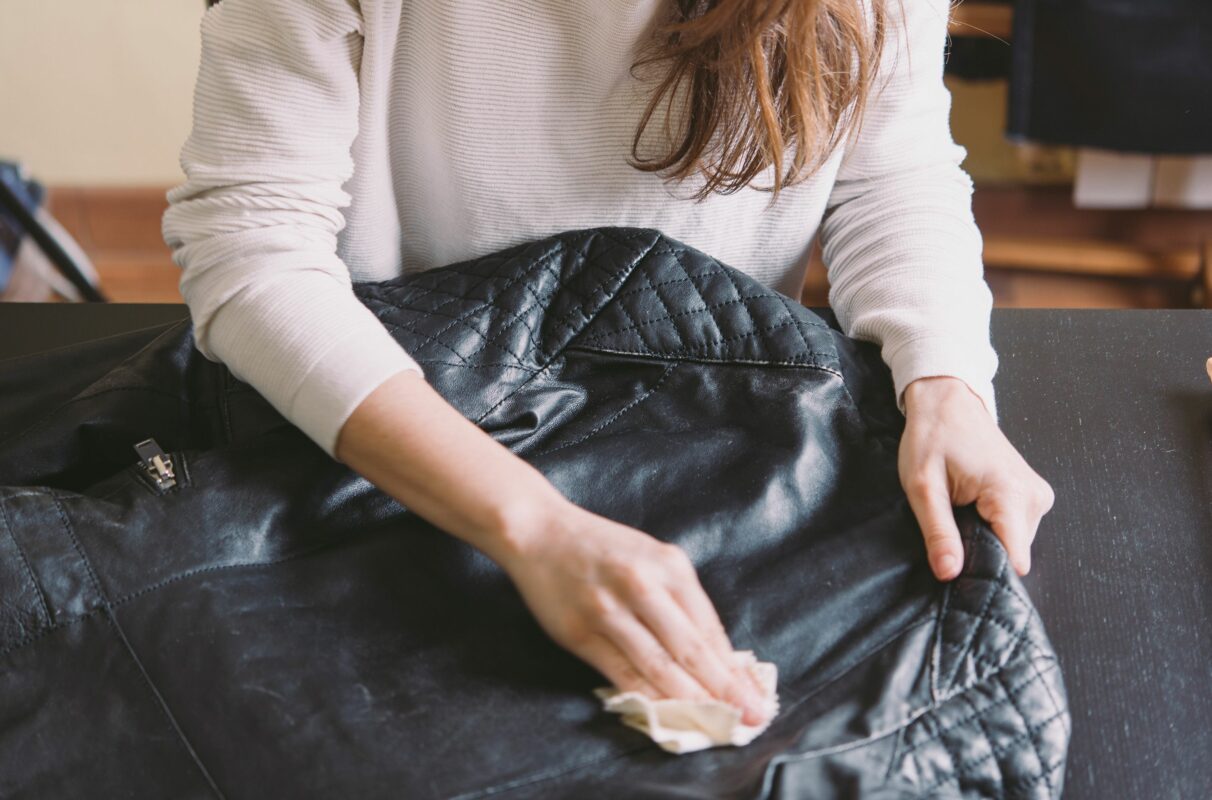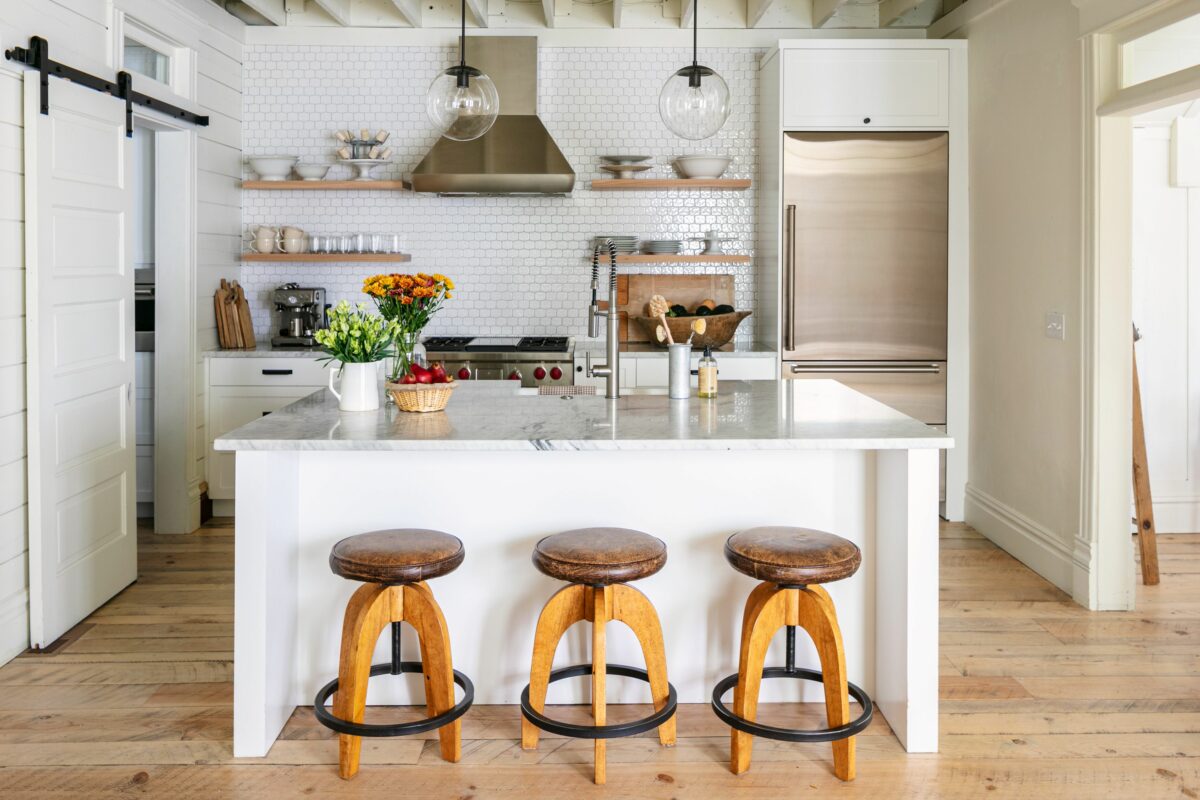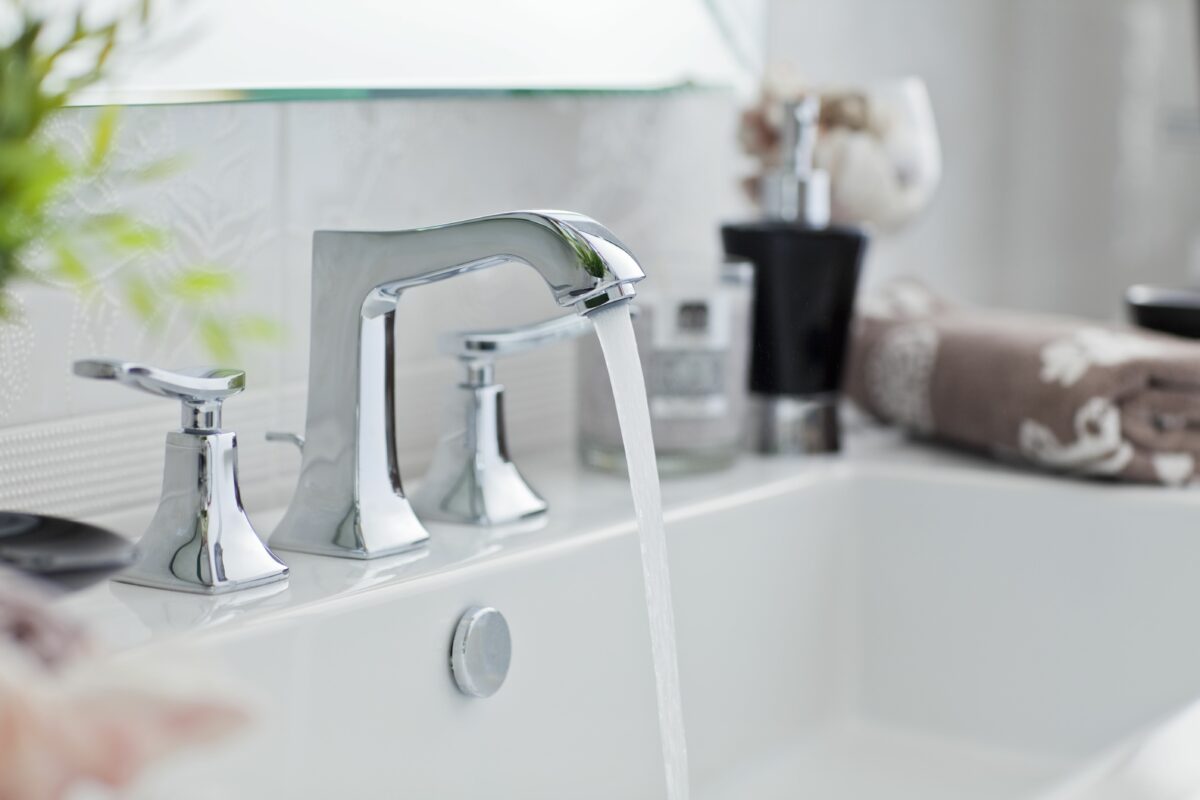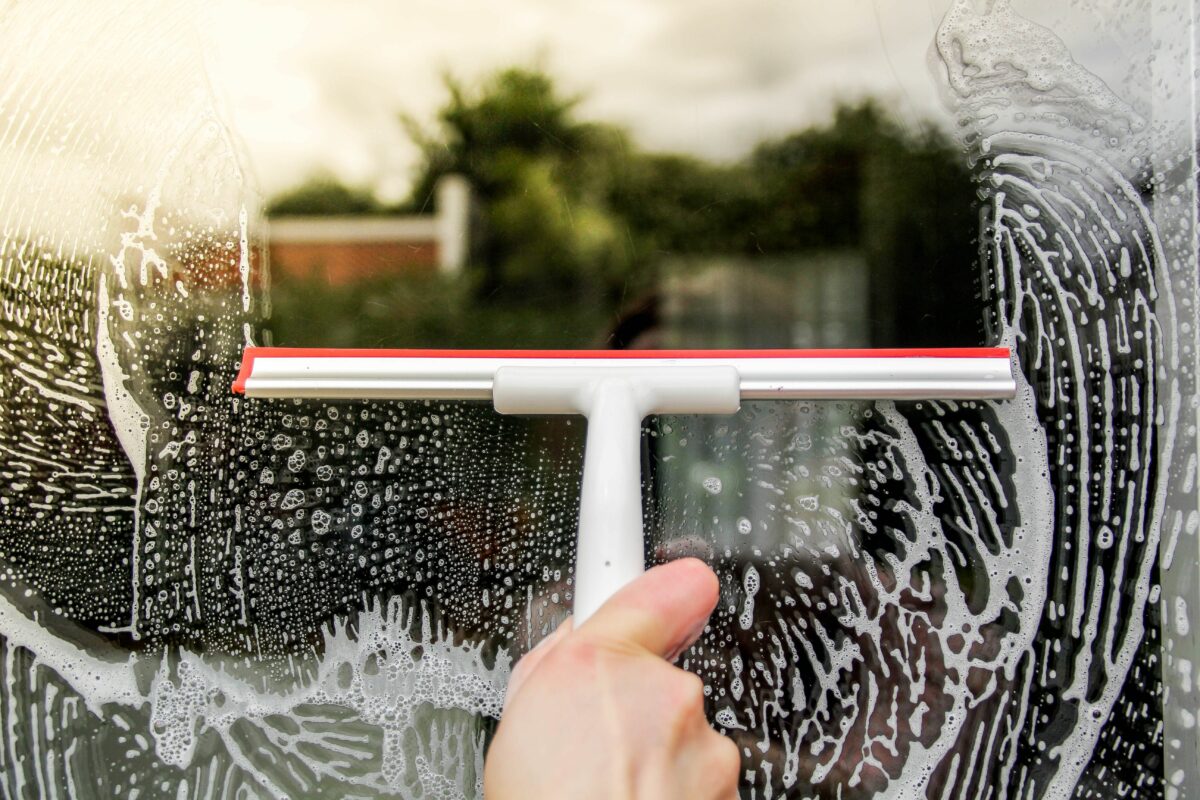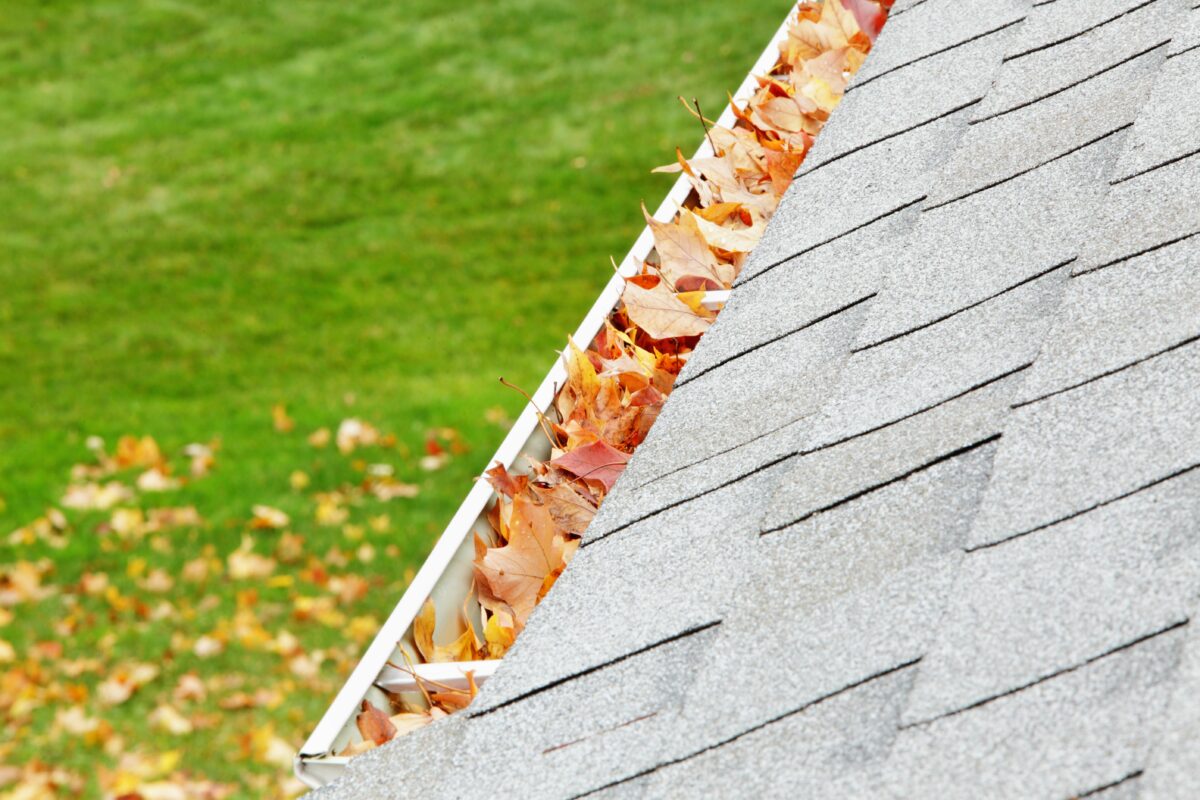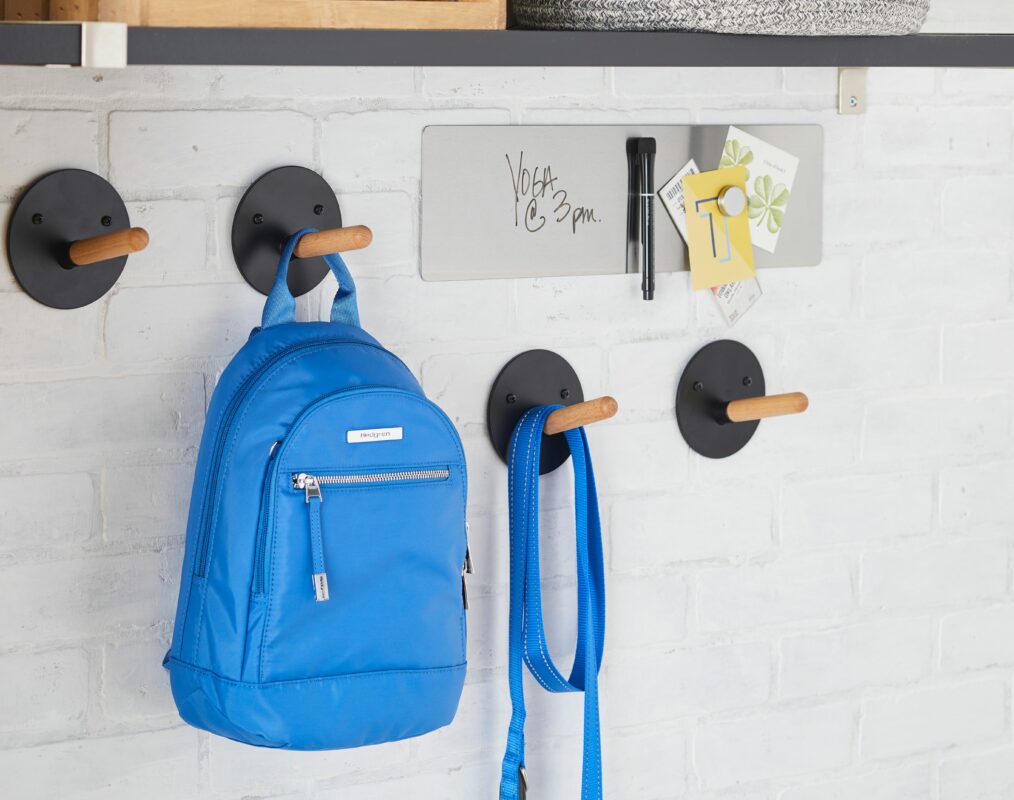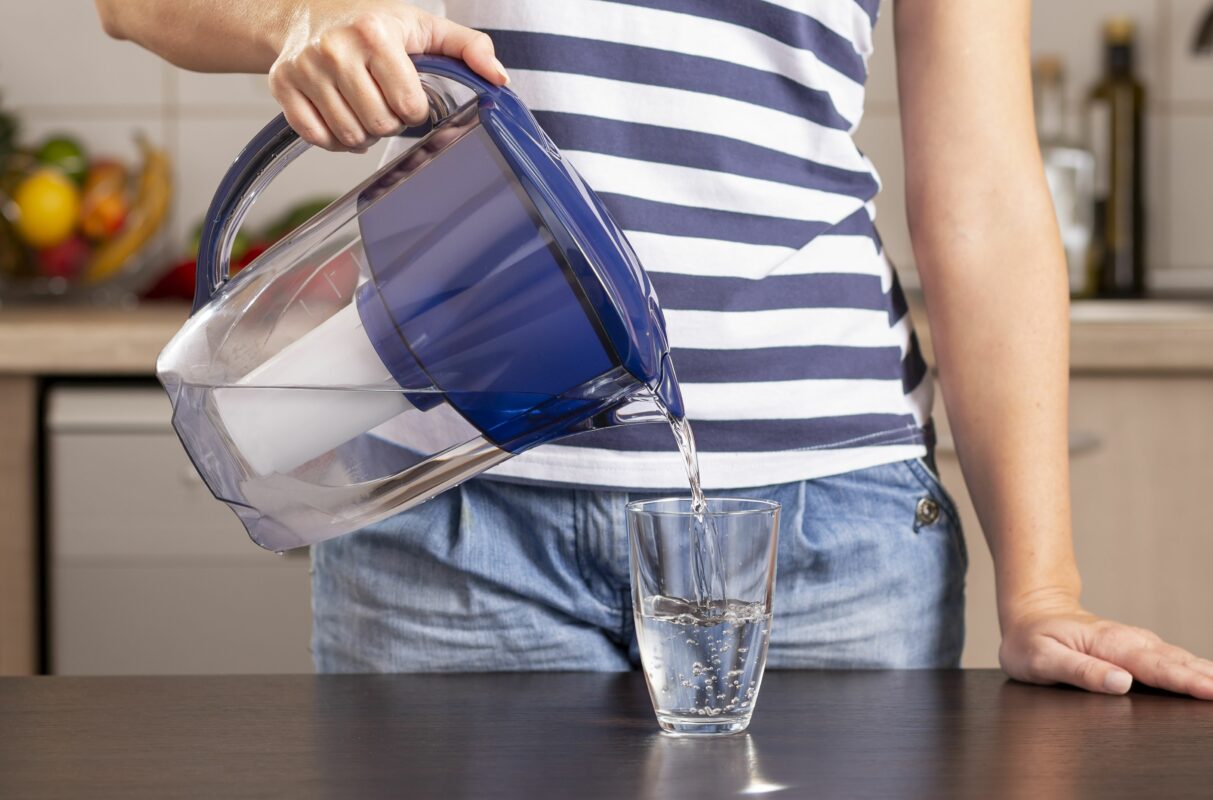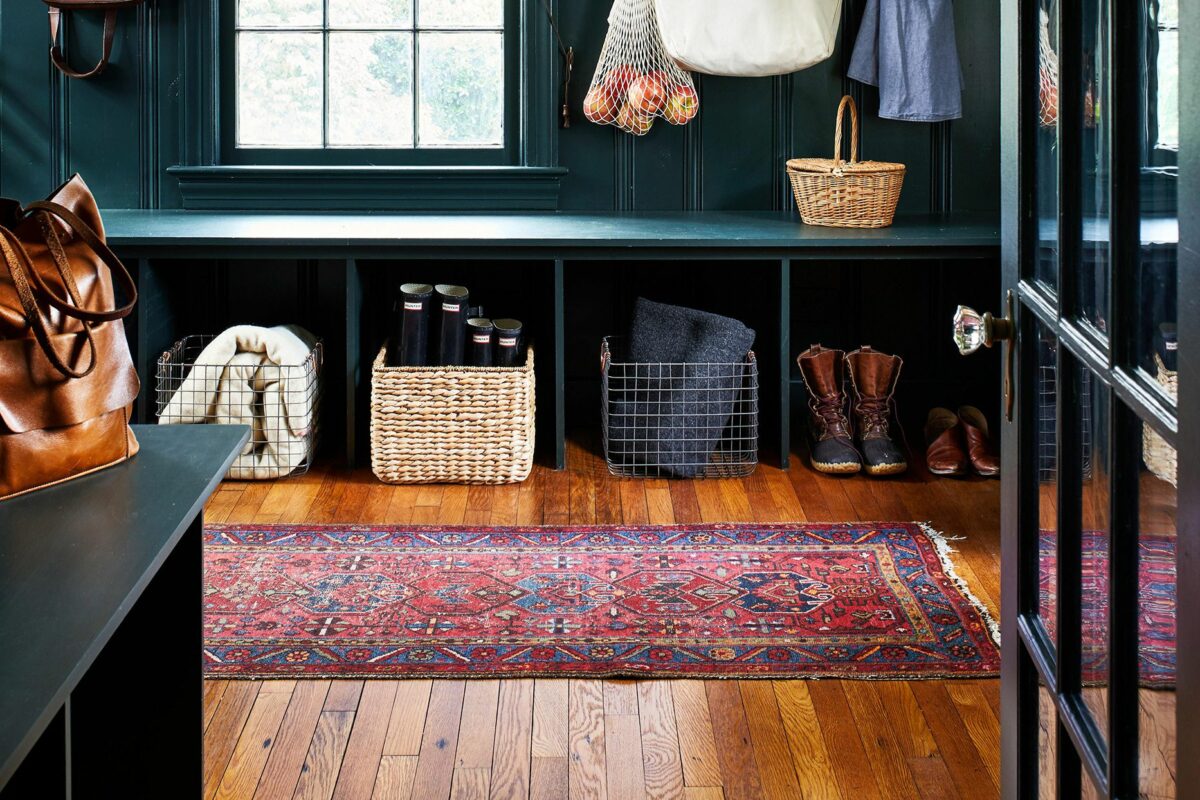The cutting board is a kitchen essential for crafting your favorite meals. But whether you have a plastic or wood cutting board, you’ll want to make sure to clean it properly to keep any unwanted bacteria or viruses at bay. Thanks to their porous composition, cutting boards can be the perfect playground for pesky bugs like E. coli and salmonella. To make sure this kitchen tool is squeaky clean and free from germs and viruses, follow these steps for cleaning cutting boards.
How to Clean Cutting Boards
How to Clean a Wooden Cutting Board
Lemons make a wonderful cleaning tool thanks to the antibacterial properties of their acidic juice, and the abrasive quality of salt works well to scrub cutting boards. Baking soda is a gentle abrasive; it also has brightening properties and is a natural deodorizer, Combine these pantry staples for strong cleaning power that goes beyond the surface.
Step 1: Sprinkle with Salt. Place the wood cutting board in the sink and sprinkle 1/4 cup coarse salt generously across the board’s surface.
Step 2: Scrub with Lemon. Cut the lemon in half and squeeze the juice from one half on top of the salt. Scrub the board with the lemon. Repeat this treatment on the other side of the board, and allow the cutting board to sit for five minutes before rinsing off the lemon and salt.
Step 3 (Optional): Treat Heavy Stains. For heavy stains, sprinkle the cutting board with 1/4 cup baking soda, and use a bristle brush or toothbrush to scrub the board. Repeat on the other side.
Step 4: Rinse the Cutting Board. Rinse both sides of the cutting board with warm water and a sponge or cloth.
Step 5: Oil the Cutting Board. If you have an end-grain or edge-grain cutting board, be sure to oil it once it has completely dried off to restore its fibers back to their natural condition. To oil a wood cutting board, simply apply an even layer of mineral oil or other food-grade oil to the board using a soft cloth. Let the board sit for an hour or overnight before wiping away any excess oil.
Face-grain boards, the cheapest available and prone to warping, do not require oiling to maintain.
How to Clean Plastic Cutting Boards
Plastic cutting boards are often more affordable and easier to clean, making it easy to collect various colors or designs that you can assign different purposes. By cutting your vegetables on one and your raw chicken on another, for example, you can minimize cross-contamination and make sure your cooking environment is as safe as possible.
Step 1: Apply Paste to Cutting Board. Mix 1 Tbsp. baking soda, 1 Tbsp. salt, and 1 Tbsp. water together in a small mixing bowl, stirring together until it forms a paste. Apply the paste to one side of the board.
Step 2: Wash Plastic Cutting Board. Use a bristle brush or toothbrush to scrub the surface of the plastic cutting board. Rinse with warm water, flip over, and repeat on the other side.
Step 3: Rinse and Dry. Rinse the board off with warm water, and dry with a clean cloth.
If you have a dishwasher, you can also opt to toss your plastic cutting board in the dishwasher. The hot water will sanitize it effectively, minus all the elbow grease.
Regularly examine the condition of your plastic cutting board for visible signs of wear and tear. The more scratches and knife scores, the easier it is for microorganisms to hide and thrive, and the harder it becomes to properly clean plastic cutting boards.
Best Household Products for Cleaning Cutting Boards
While salt and lemons provide powerful natural cleaning properties, there are other common household products that can be used to effectively clean cutting boards. For an added cleansing boost when your board needs extra attention, try treating it with either bleach, hydrogen peroxide, or vinegar.
Bleach: Mix 2 tsp. bleach with 1 gallon of water. Carefully soak the cutting board for 2 minutes before rinsing it with warm water and letting it dry.
Hydrogen Peroxide: Banish unwanted bacteria from any cutting board by wiping it down on each side with a paper towel soaked in hydrogen peroxide. Let it stand for a few minutes before rinsing it with warm water and drying it with a clean cloth.
White Vinegar: Apply distilled white vinegar to the cutting board and wipe it down. To remove odor from your cutting board, sprinkle some baking soda over the board, then spray it with vinegar. Allow the vinegar and baking soda to work their magic for 5-10 minutes (you’ll see it bubbling up) then rinse and dry the cutting board.




